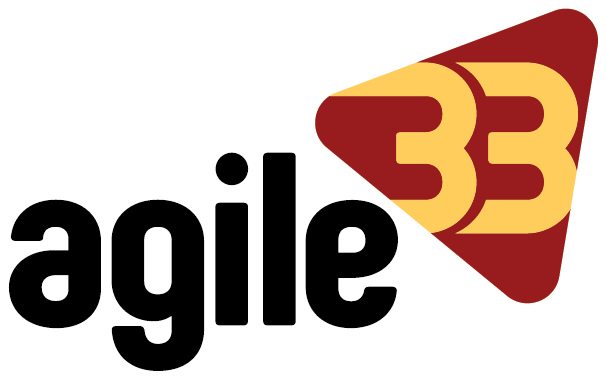
Information alone doesn’t build smarter teams—structure does. In today’s fast-paced business environment, the ability to capture and apply organizational knowledge is a clear competitive advantage. But effective knowledge management is more than just storing documents or running a few training sessions.
It requires a strategic approach built around five core components. When these elements work together, knowledge becomes a tool for consistency, speed, and continuous improvement across your organization.
1. Knowledge Creation and Capture
This is where it begins. Every process, meeting, client interaction, or project generates information that can provide long-term value—if captured correctly. Whether it’s a lessons-learned summary, a project playbook, or client feedback, documenting knowledge at the source is essential.
Key practices include:
· Documenting decisions and their rationale
· Recording subject matter expertise
· Using structured templates to keep information consistent
By capturing knowledge early, you build a foundation that others can build on later.
2. Knowledge Organization
Once knowledge is captured, it must be structured in a way that’s easy to find and understand. Without organization, even valuable information gets buried or forgotten.
This involves:
· Categorizing information by topic, function, or department
· Applying tags or metadata to improve searchability
· Using consistent naming conventions
A clear structure not only saves time—it reduces frustration and keeps your teams aligned.
3. Knowledge Sharing
The value of knowledge grows when it’s shared. A well-designed knowledge-sharing system ensures that individuals across the business can access insights that help them solve problems, make informed decisions, and avoid repeated mistakes.
This includes:
· Collaborative platforms like intranets, wikis, or shared drives
· Team briefings and knowledge transfer sessions
· Embedded links to documentation in daily tools (e.g., project management software)
Fostering a culture where knowledge sharing is the norm—rather than an afterthought—is what sets high-performing teams apart.
4. Knowledge Application
Capturing and sharing information only pays off when it’s applied effectively. That means putting systems in place that encourage employees to reference documented knowledge in real time, during the flow of work.
For example:
· Support teams using internal knowledge bases for quicker resolutions
· New hires using onboarding guides to ramp up faster
· Project managers referencing past lessons to improve future planning
This practical application creates a feedback loop where knowledge continues to grow and evolve.
5. Knowledge Evaluation and Improvement
Knowledge management should be dynamic. What worked last quarter might be outdated now. That’s why ongoing evaluation is critical.
Some ways to maintain quality include:
· Regular reviews of documentation to remove outdated content
· Collecting user feedback to improve usability
· Tracking engagement metrics to assess what’s working and what’s not
Knowledge that stays current is far more valuable—and far more likely to be used.
Knowledge management isn’t just about information—it’s about intention. When businesses treat knowledge as a strategic asset and build around these five components, they improve how they operate, how they collaborate, and how they grow. A strong knowledge management framework is one of the most sustainable ways to improve performance at scale.
